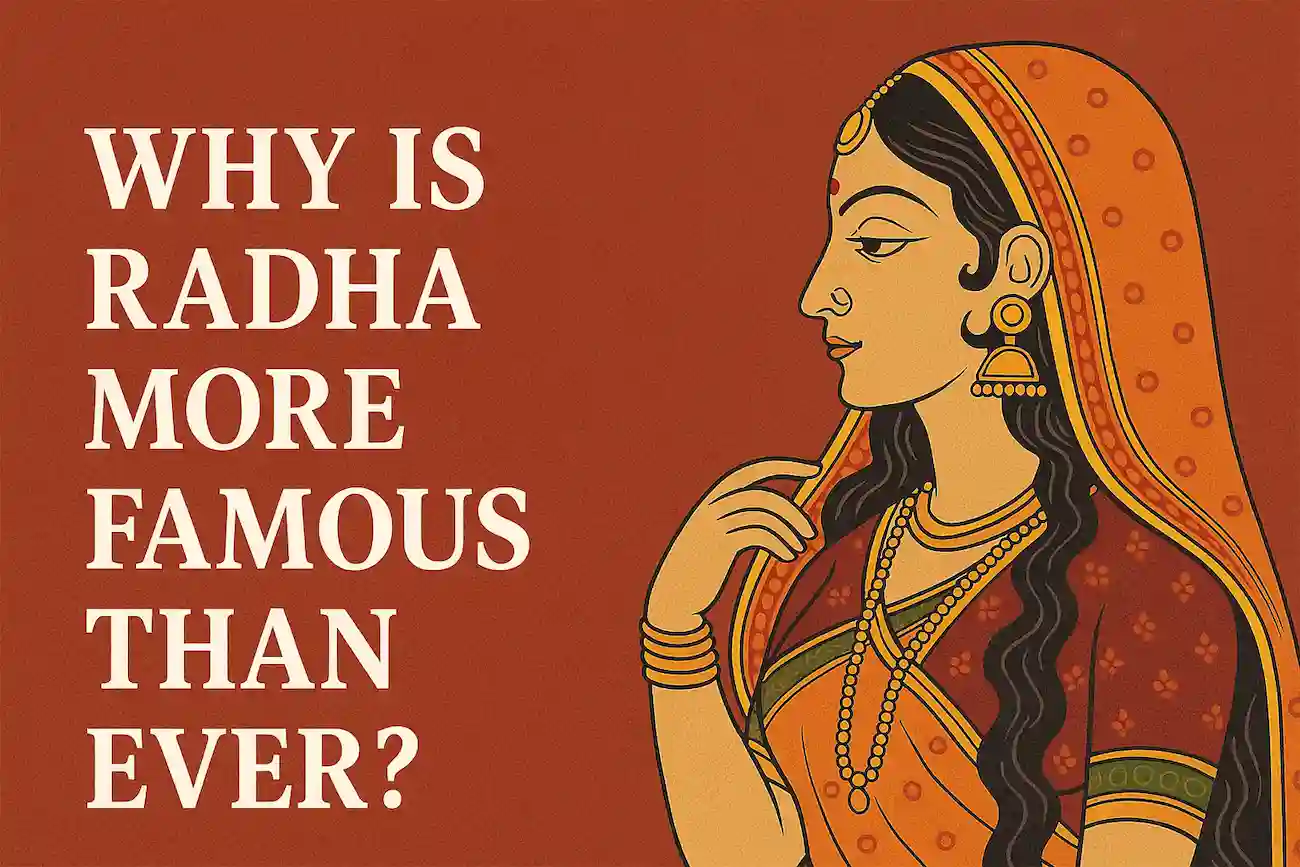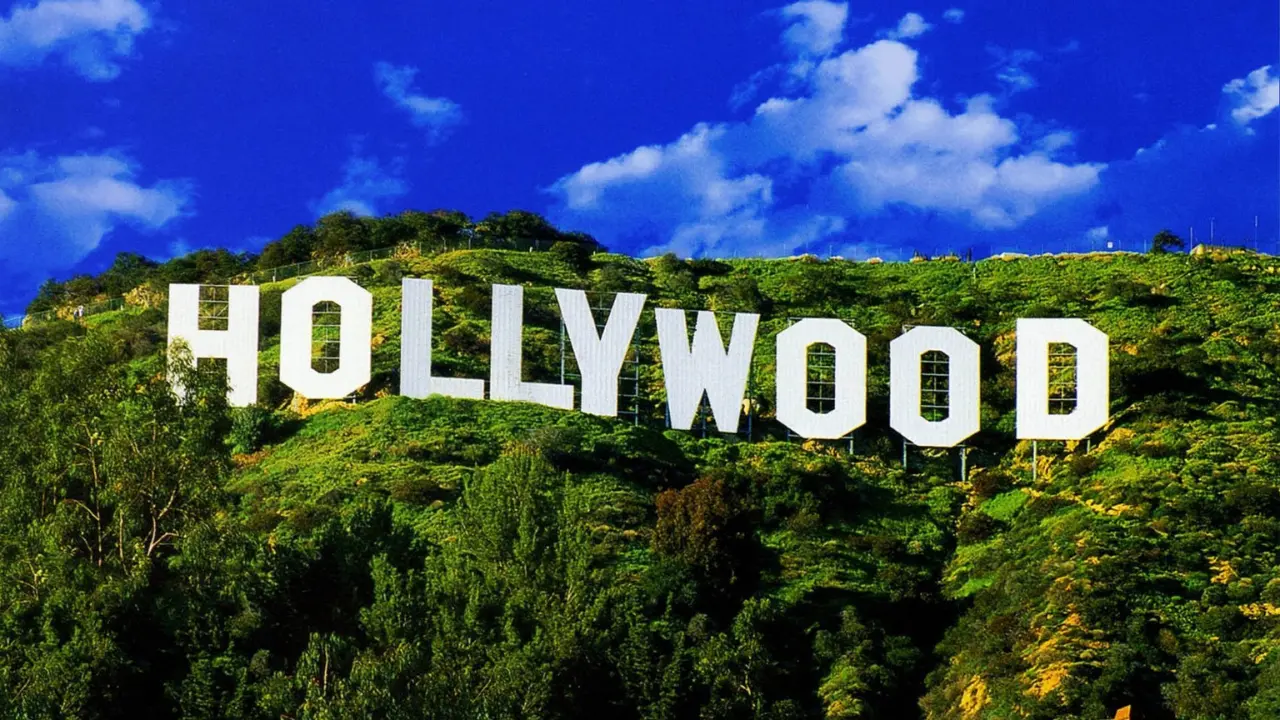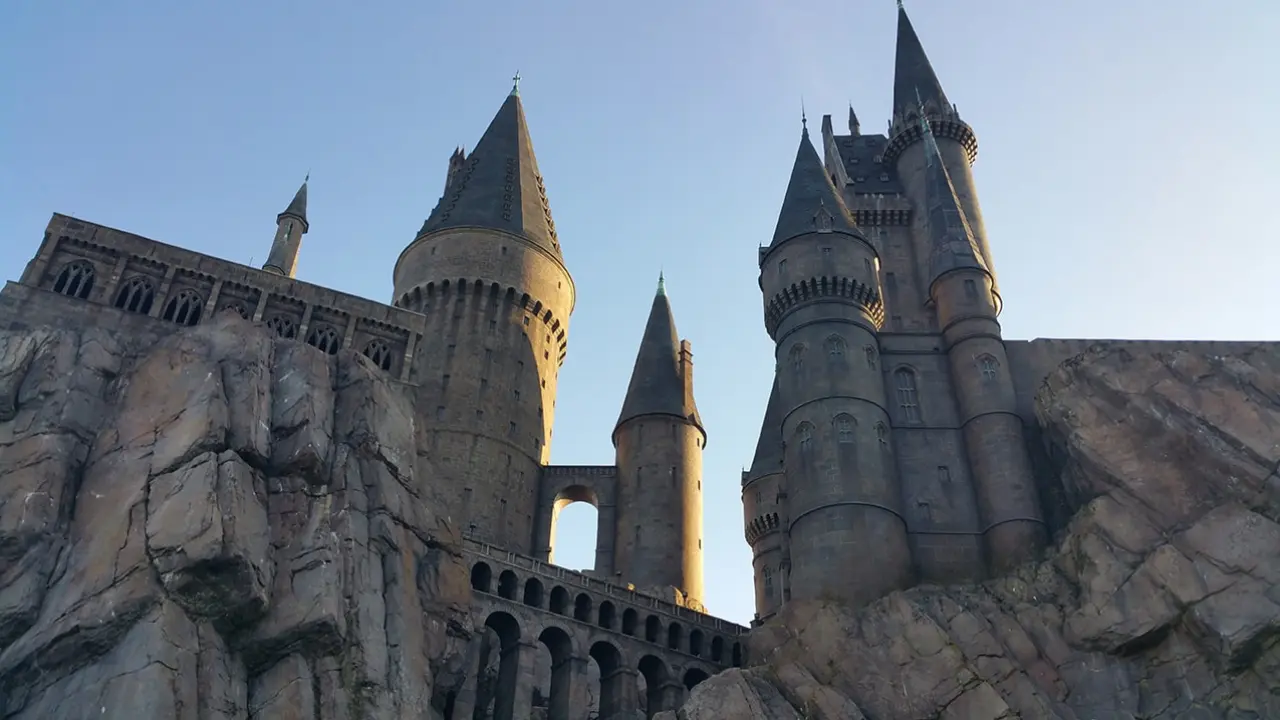Why Is Radha More Famous Than Ever? A Deep Dive into Bhakti Movement
In a world that often feels disconnected and distracted, people are reaching back into the depths of ancient wisdom — and one name echoes louder than ever: Radha.
Long revered in Indian devotional traditions, Radha’s presence today stretches far beyond temples and scriptures. From art galleries in Paris to yoga studios in New York, and spiritual circles in Mumbai to social media poetry threads — Radha has become a global symbol of divine love and transcendental devotion.
But what’s behind this surge in her popularity?
Radha: More Than a Mythological Figure
Radha isn’t simply remembered for her love for Krishna — she’s remembered as love itself. In Bhakti traditions, especially those inspired by Vaishnavism, Radha represents the soul’s intense, personal longing for the Divine. She doesn’t just worship Krishna — she dissolves into devotion.
While Lord Krishna is often seen as the Supreme Being, Radha becomes the highest expression of surrender and selfless love, making her the heart of the Bhakti movement.
The Bhakti Movement’s Timeless Echo
Emerging in medieval India as a reformative spiritual revolution, the Bhakti Movement challenged rigid hierarchies and dry ritualism. It emphasized personal connection with the Divine, emotional expression, and accessibility for all — rich or poor, man or woman, scholar or illiterate.
Radha became a natural heroine in this movement. Unlike mythological queens or goddesses who reigned from palaces, Radha stood as a relatable, emotional, human figure who reached the divine through pure love.
Why the World is Turning Toward Radha — Now
1. Spiritual Reconnection in the Digital Age
In an age where spiritual hunger is growing, but traditional structures are being questioned, Radha offers something real. Her love story isn’t about marriage or morality — it’s about spiritual intimacy, longing, and surrender.
2. Resonance with the Feminine Divine
Radha’s rise parallels a global rediscovery of feminine spiritual icons. She embodies strength through emotion, power through vulnerability, and wisdom through surrender. Feminist spiritual seekers increasingly find her story liberating.
3. Radha in Pop Culture and Social Media
A decade ago, Radha was mostly found in temple hymns. Today, her image and story are reimagined through digital art, indie music, reels, and even tattoo art. This viral visibility has introduced her to a new generation.
4. Global Rise of Bhakti Yoga & Kirtan
Western spiritual communities have embraced kirtan (devotional chanting) and Bhakti Yoga, often centered around Krishna and Radha. In this movement, Radha isn’t just sung about — she is experienced.
Radha: A Mirror of the Seeker
Perhaps Radha’s greatest appeal lies in her emotional honesty. Her longing, joy, sorrow, and surrender reflect the universal human journey. Whether someone is religious or spiritual-but-not-religious, Radha speaks to the desire to feel connected — truly, deeply, spiritually connected.
In Radha, seekers find a mirror.
Expert View
According to cultural historian Dr. Anjali Mehra:
“Radha is not a background character in Krishna’s tale — she is the essence of spiritual yearning. In a disconnected world, her intense devotion reminds us of what it means to be truly alive.”
Conclusion: A Divine Reawakening
Radha’s growing fame is more than cultural nostalgia — it’s a sign of spiritual evolution. As global minds and hearts shift from structured belief to experiential spirituality, Radha is no longer a distant figure from Hindu lore — she is a timeless symbol of sacred love.
The Bhakti Movement lives on — not in books, but in hearts. And in those hearts, Radha reigns.
Catch today’s top stories and trending updates across News, Entertainment, Business, and Sports. Dive into expert Finance insights, market trends, and smart investment tips in our Finance hub.



















